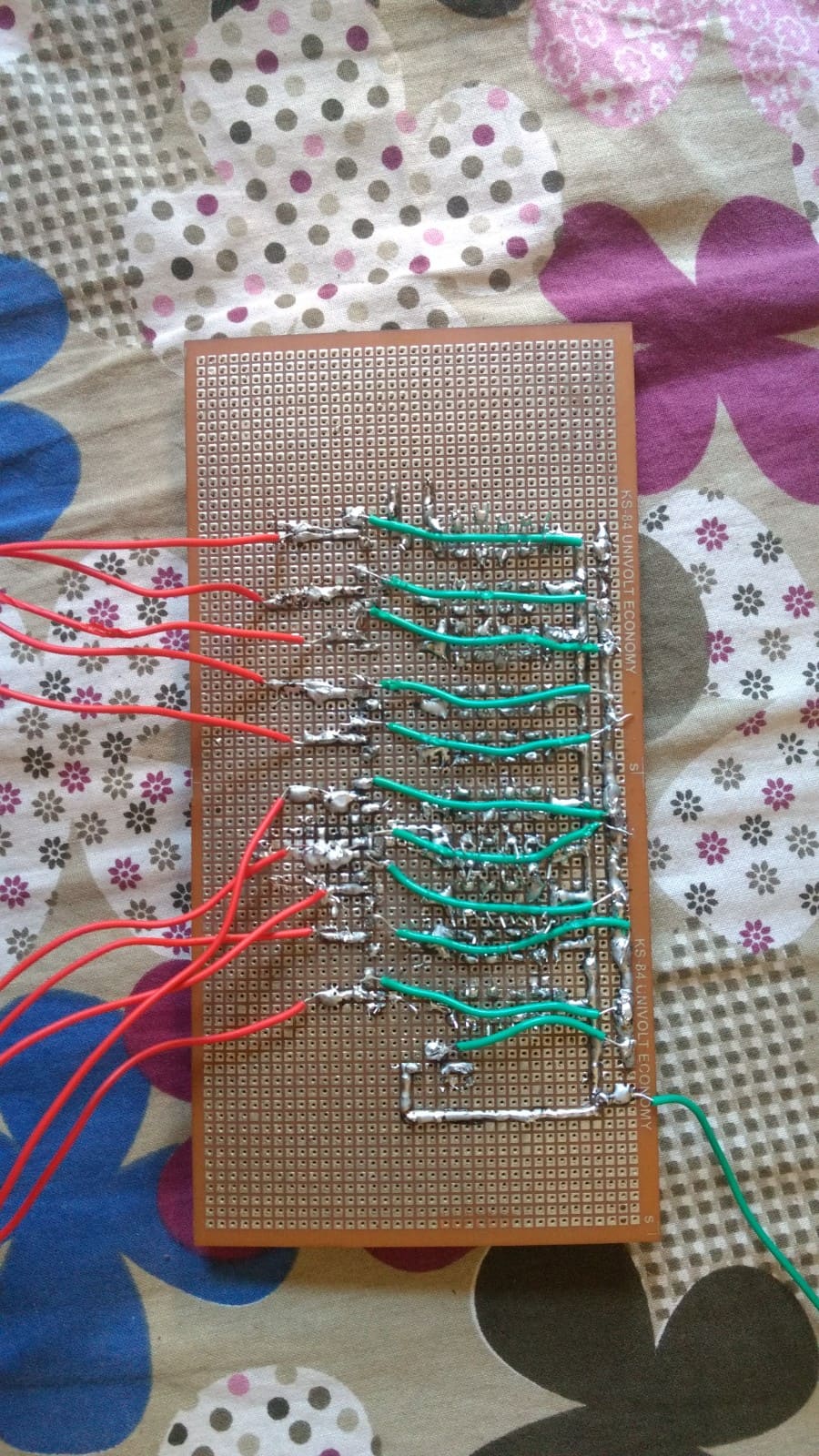Projects
During my undergraduate studies, I was a part of many projects and teams. I worked on projects from start to finish, from design to development to testing. Take a glimpse of them...
E-Writer using ARM Microcontroller
Are you a Student? Are you an Engineer? Are you a professor? Are you a Doctor? Are you a Lawyer? Are you an Accountant? Are you an Artist? Whatever is your field; you are using or would have used notebooks for your works. And taking an example of a college student, they use approximately 15 pages for writing and 30 pages for photocopy, total of 45 pages per day. 8,000 A4-sized papers can be made by sacrificing one green tree. So, one student cuts one tree in 177 days and spends around 12000 INR on stationary.
An electrophoretic display along with a stylus pen is the best suitable in-between between palmtop devices and traditional notebooks. The main task is to design a system that provides all the features of a notebook and an extra-superior application to students.
To tackle the environmental problems provoked by the paper manufacturing industry, this project was intended to build a prototype of an E-Writer. We used STM32F407VGT6 microcontroller and the NX8048K070 LCD module. I designed a circuit to interface a microcontroller and an LCD using the UART communication protocol. I also developed software in Embedded C++ to use the LCD Driver Library to implement vital functionality of the E-writer. The project got seed funding of 25k INR from the incubation center of SVNIT, ASHINE.
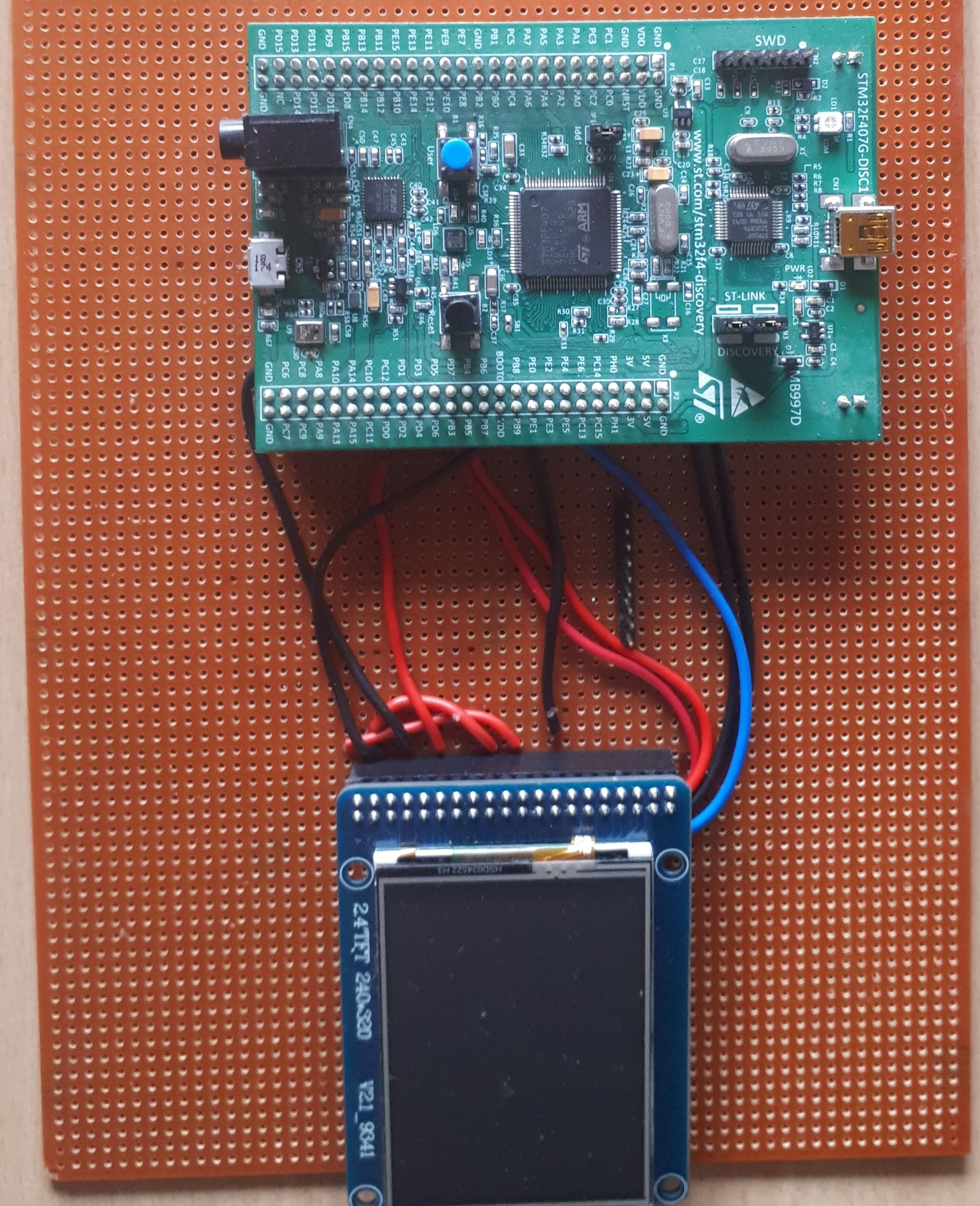
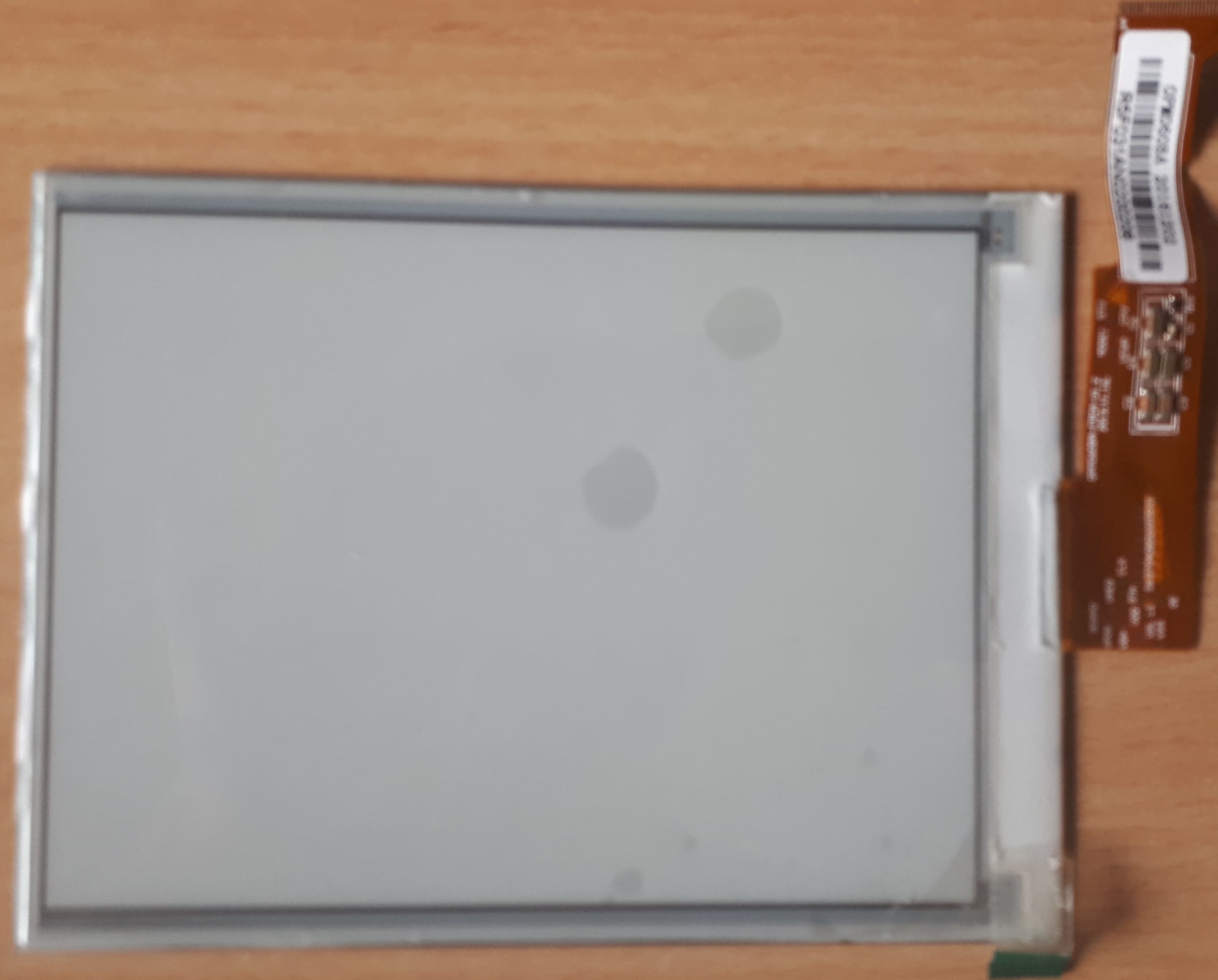
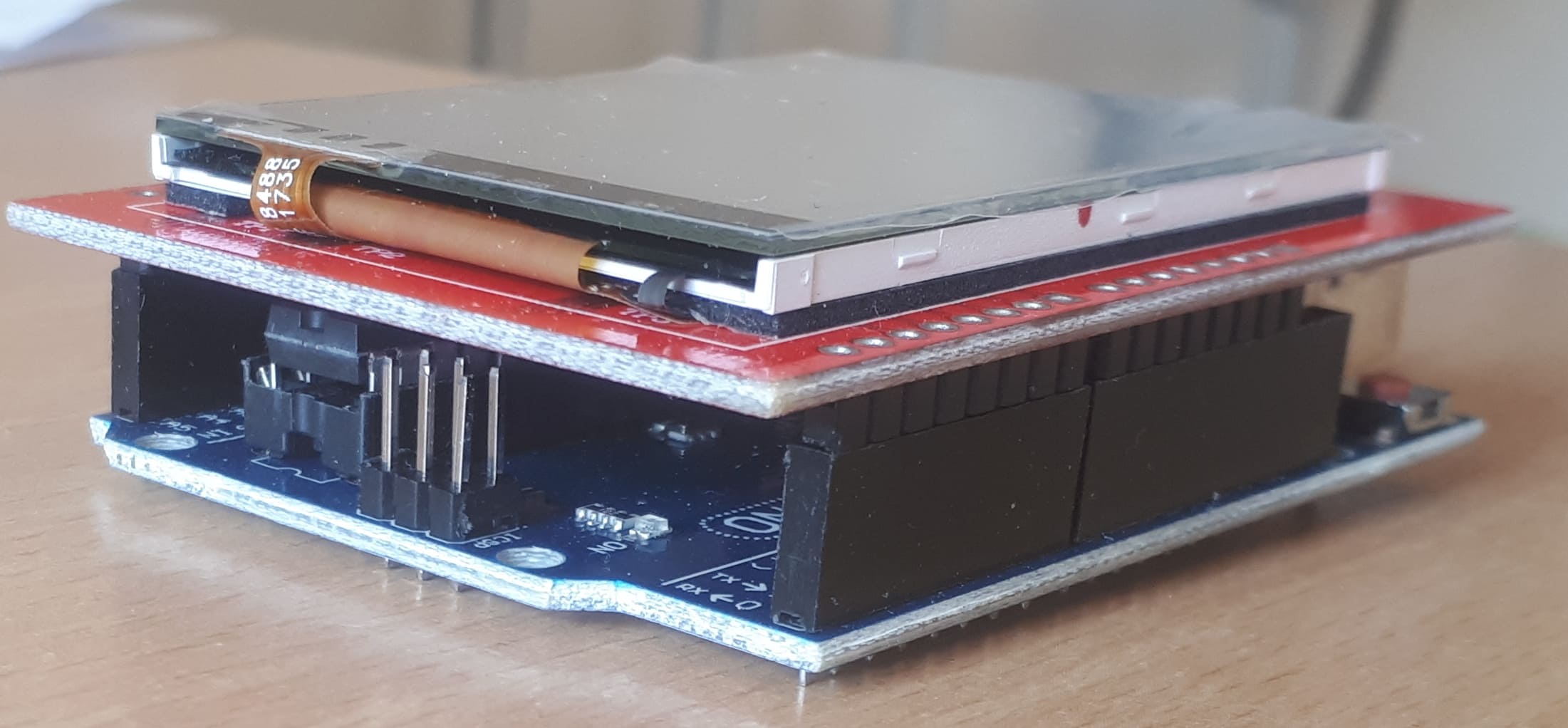
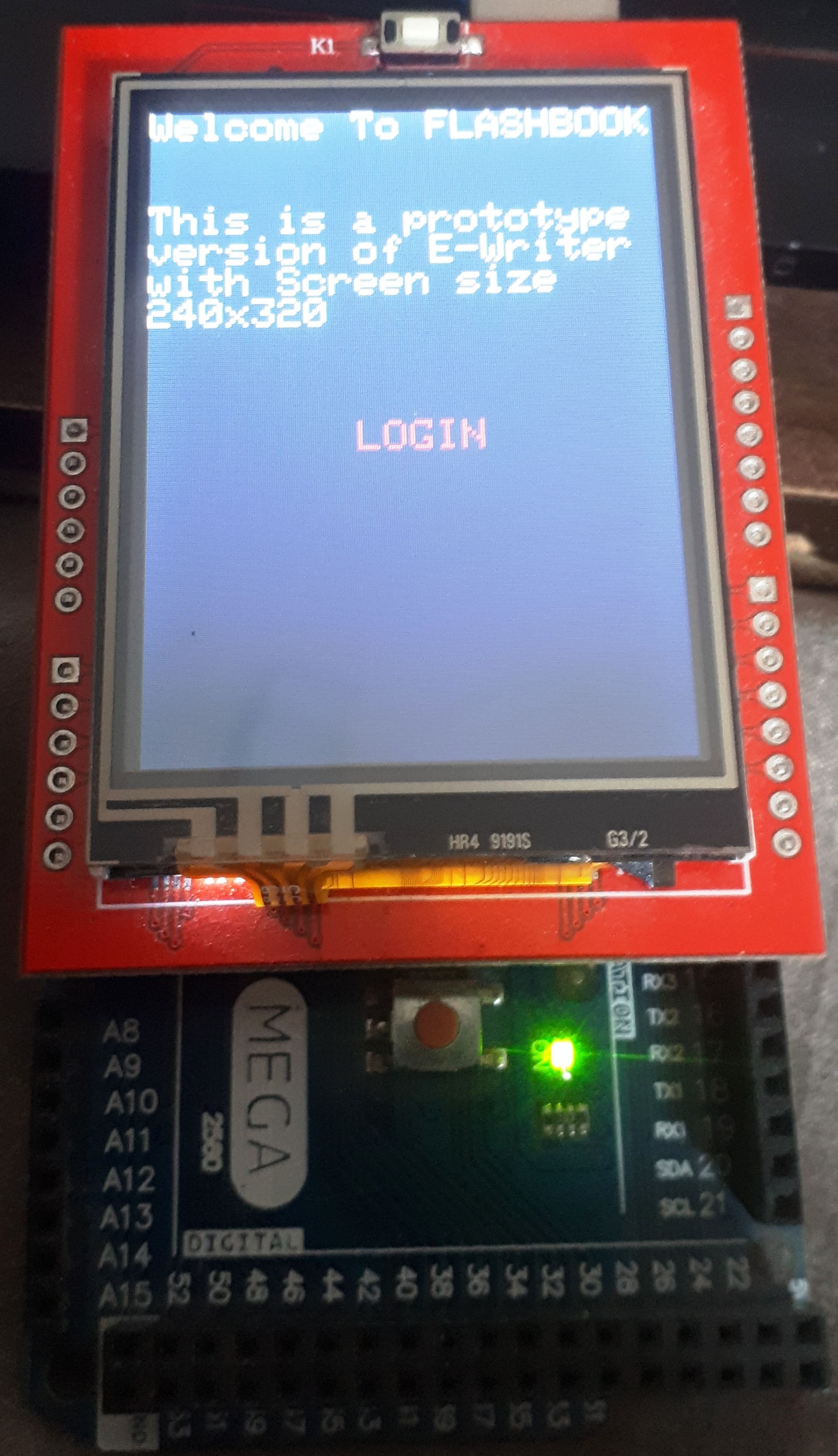
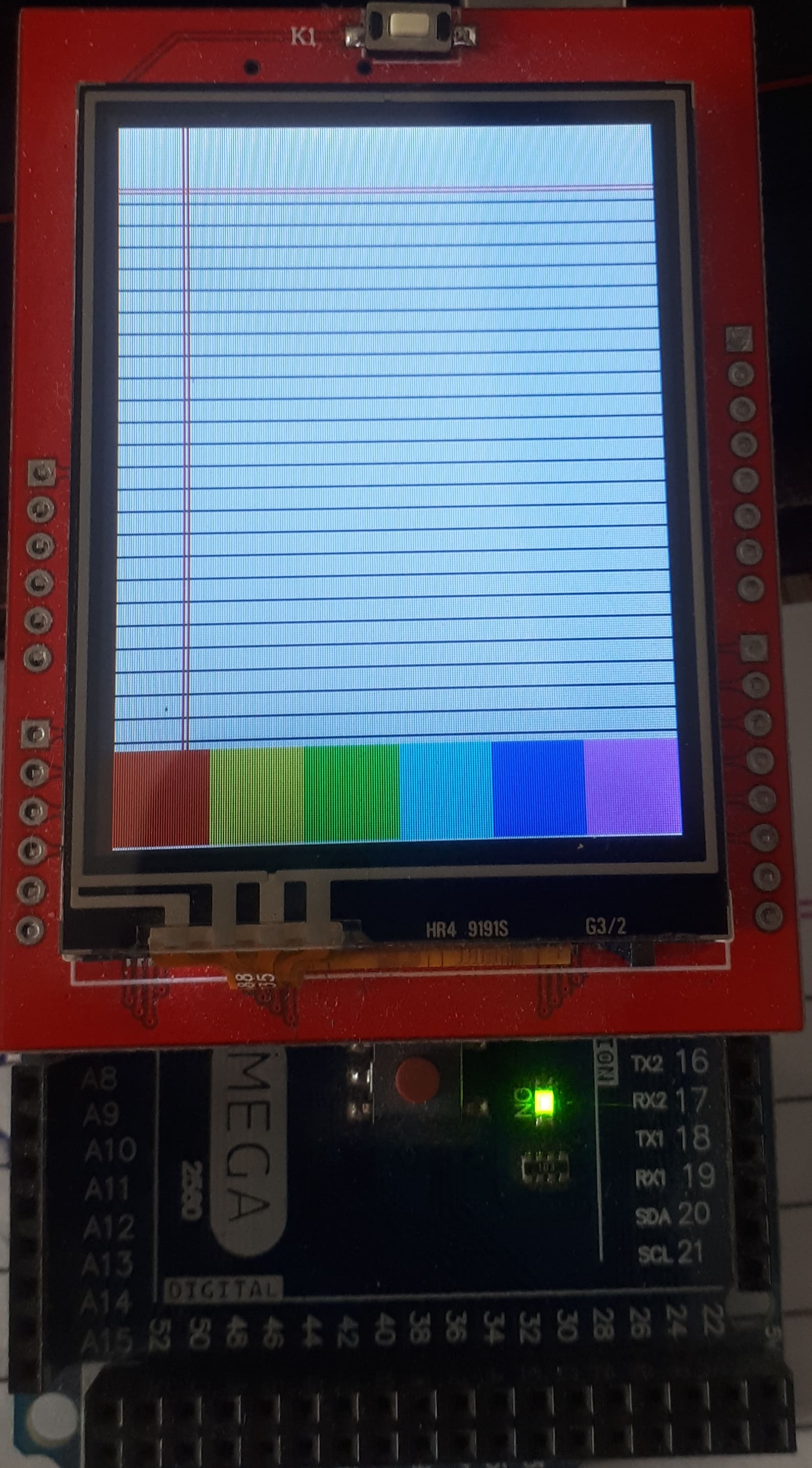
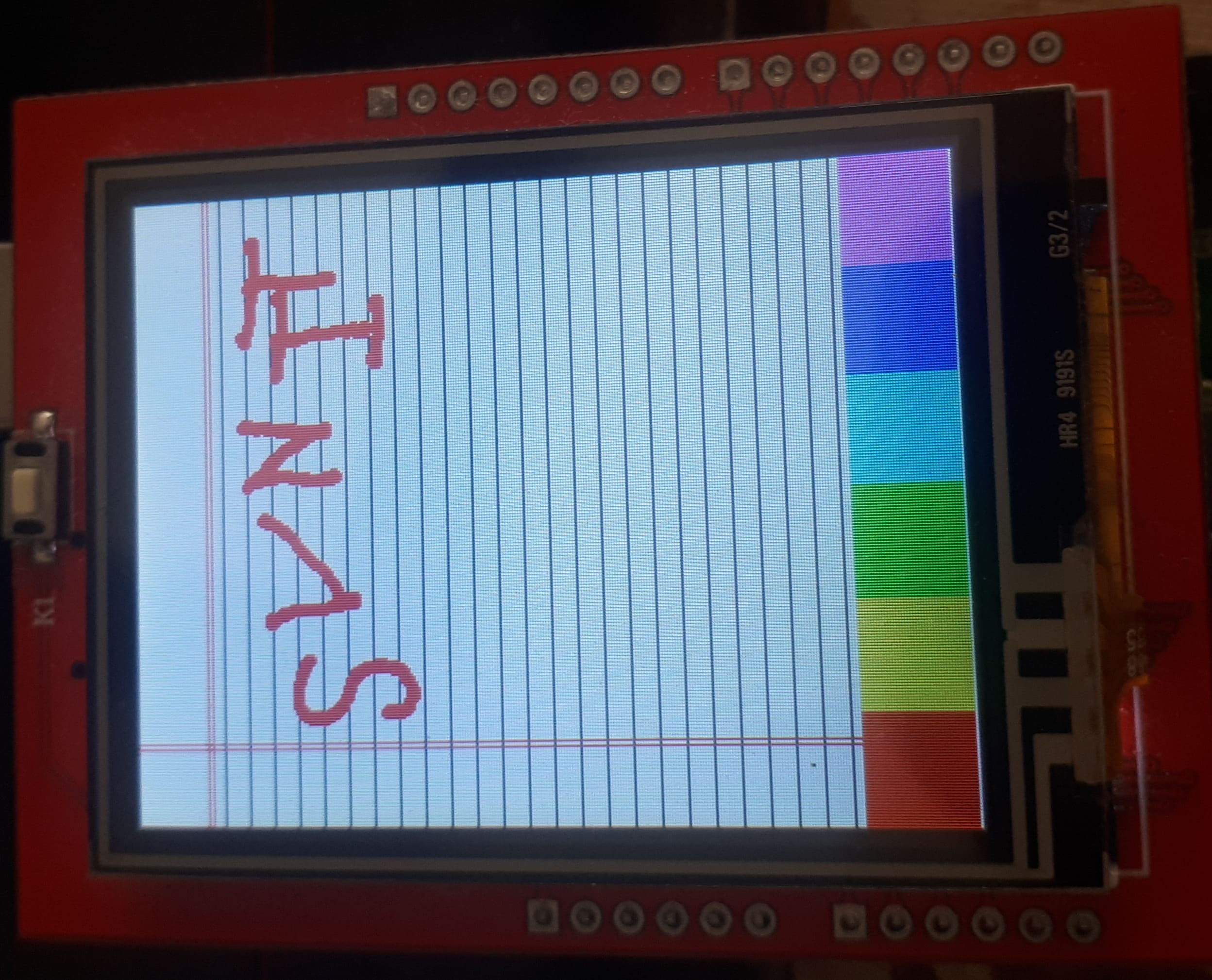
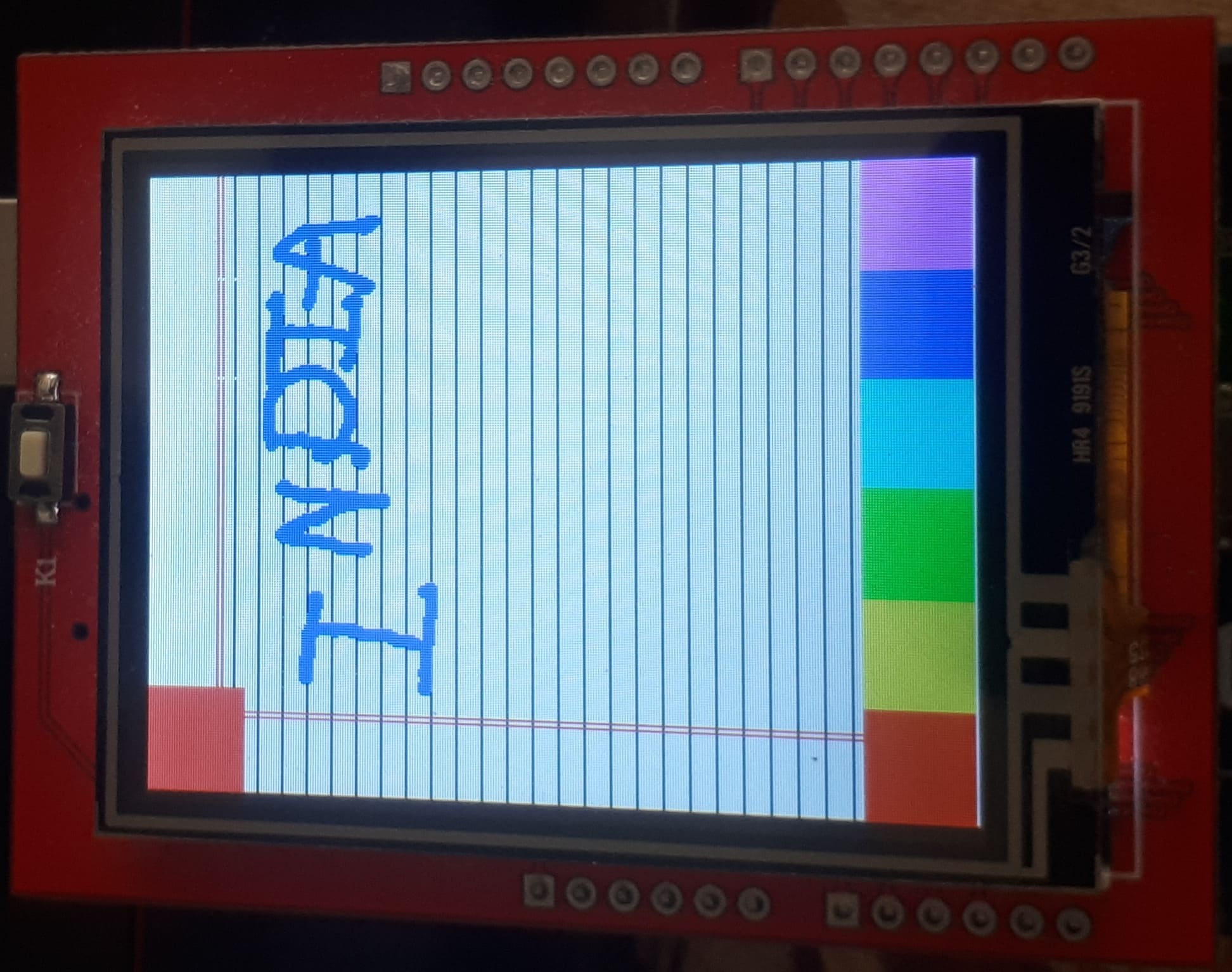
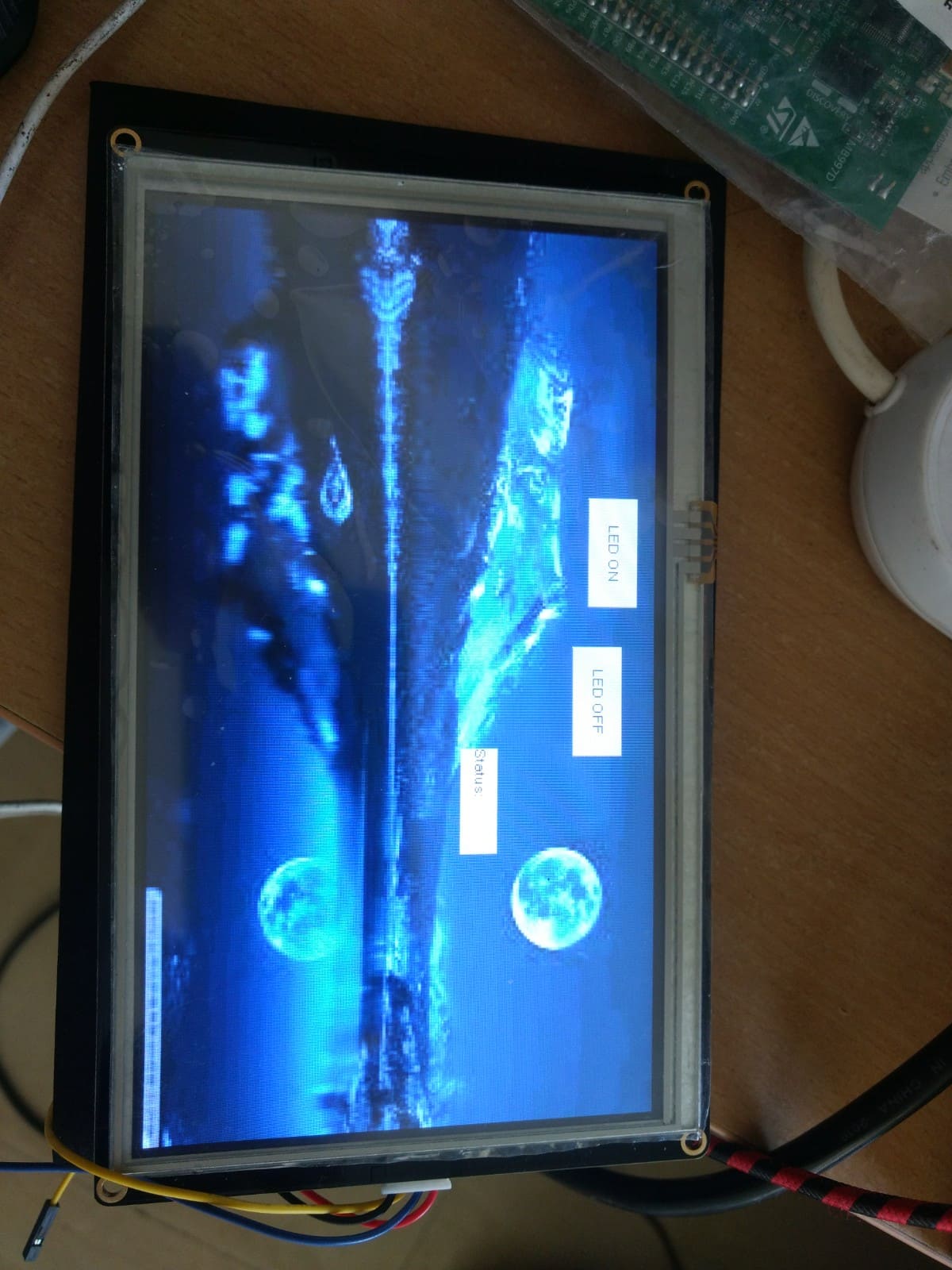
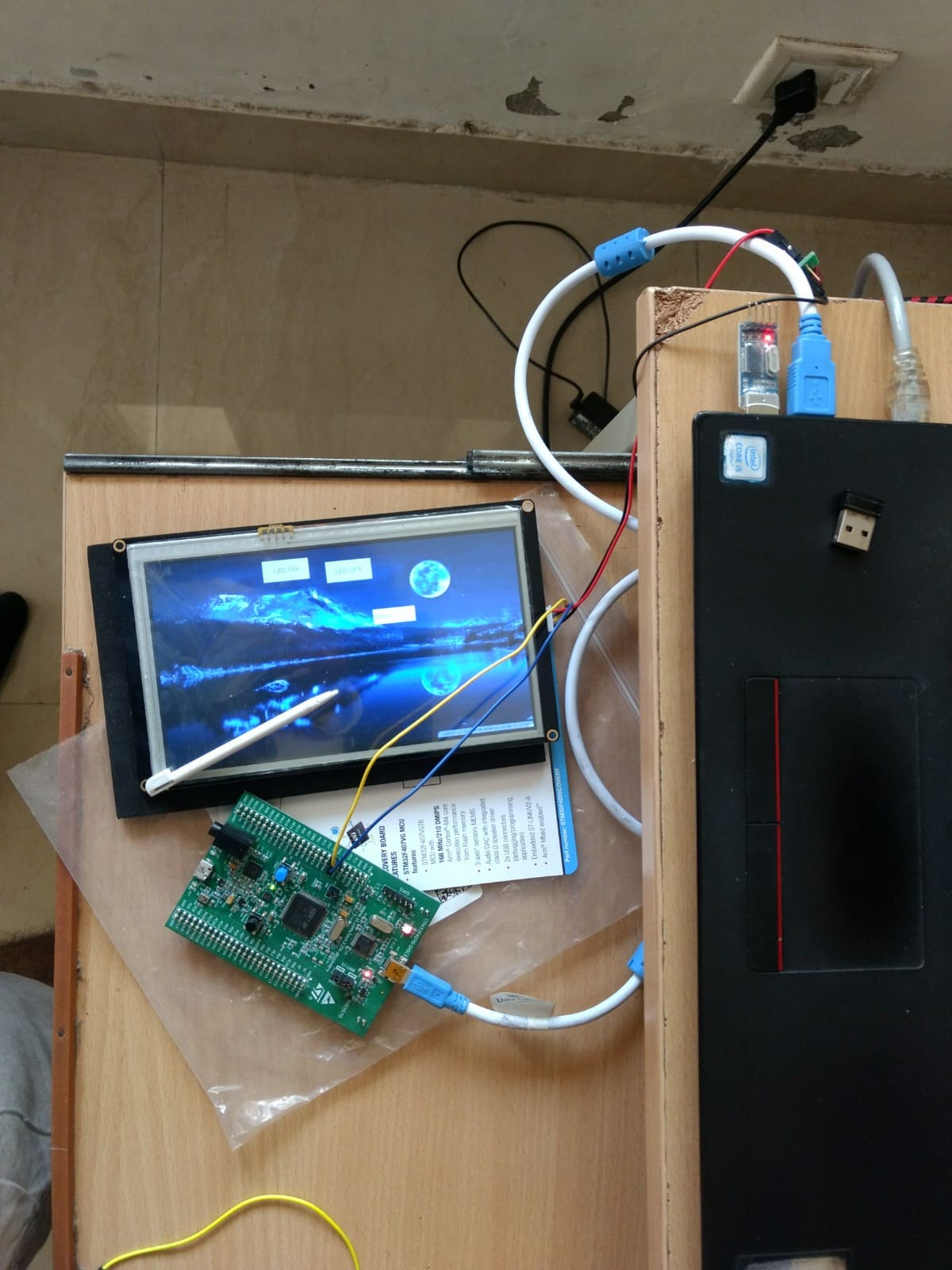
Embedded System Design for Farm Bot Application
I gave a seminar on the designing of an Embedded System for an Agricultural robot in my last year of undergraduate studies. The primary focus of the seminar was to design a robot which can easily navigate through farm fields and can do several tasks autonomously. Crop-weed classification, sowing, detecting nutritional deficiency, and harvesting are some of the tasks.
In the seminar, I discussed several sensors, their categorization and their limitations. Criteria for selecting a processing unit and communication protocols were assessed. Different filtering methods, such as the Complementary and Kalman Filters, were also studied.
Braille Printer
As a mega project at DRISHTI, we designed and developed a project named "Braille Printer", which was intended to create a low-cost Braille printer for the social cause. The first step was to actuate the embossing mechanism, then the paper feed mechanism, the interfaced key-board with it, and the last step was the implementation of OCR.
I was part of 6-student team and personally handled control of embossing mechanism and paper-feed mechanism. I used BYJ-48 and NEMA17 stepper motors and DRV8825 motor driver IC. I developed and implemented an algorithm to increase the embossing speed of the printer. We presented this prototype in an Innovation Challenge held at NIT, Uttarakhand and secured 11th rank out of more than 75 participating colleges.
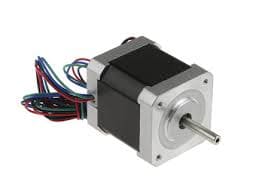
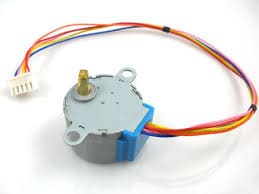

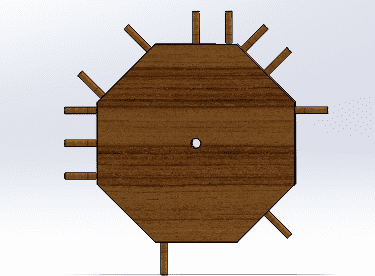
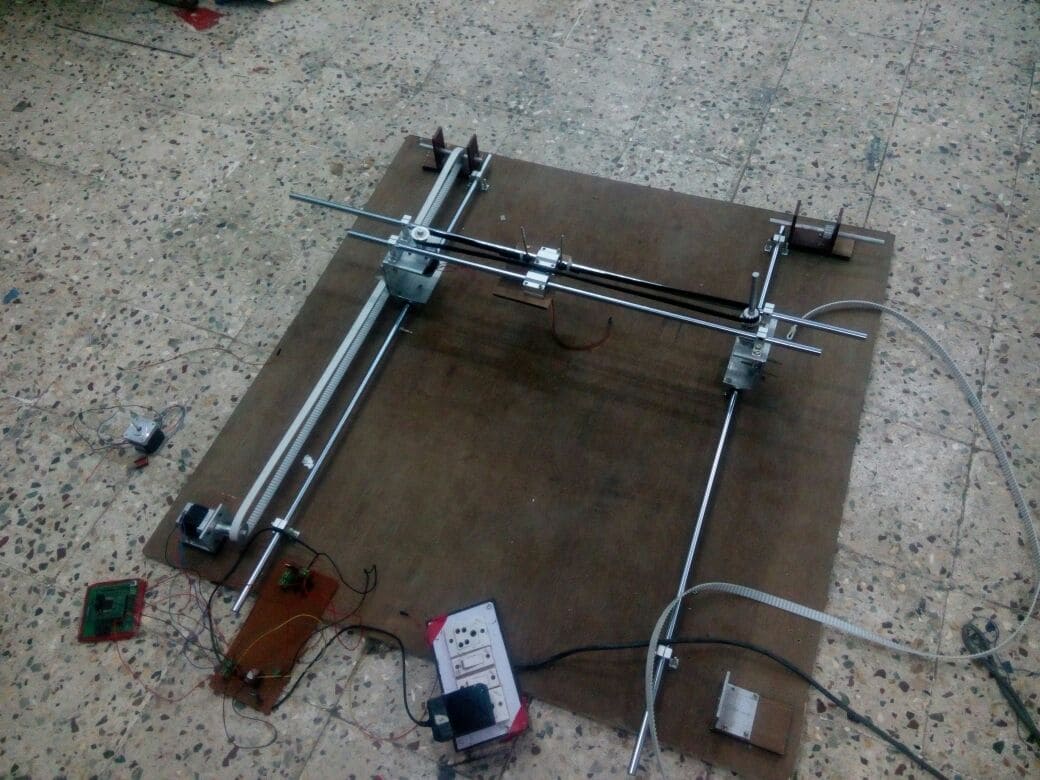
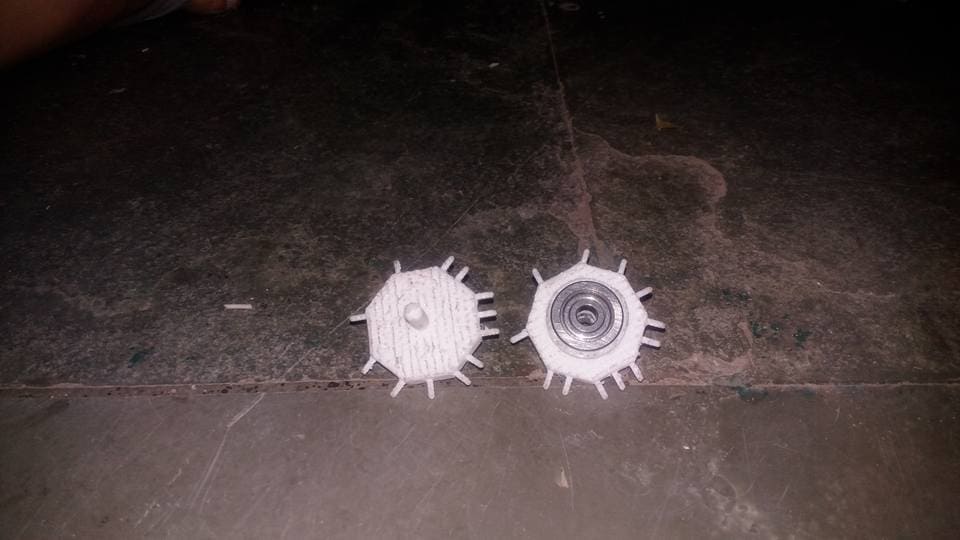
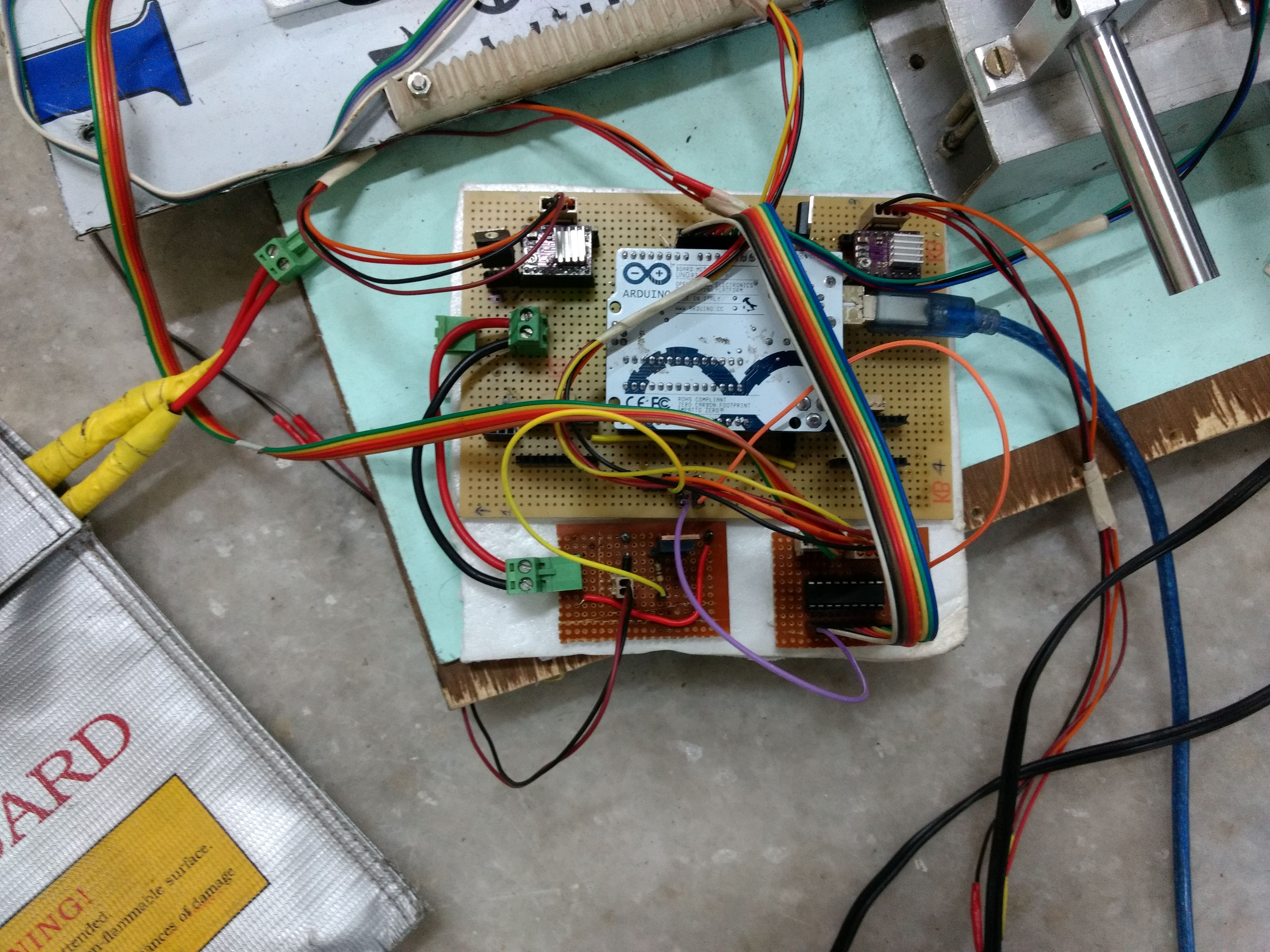
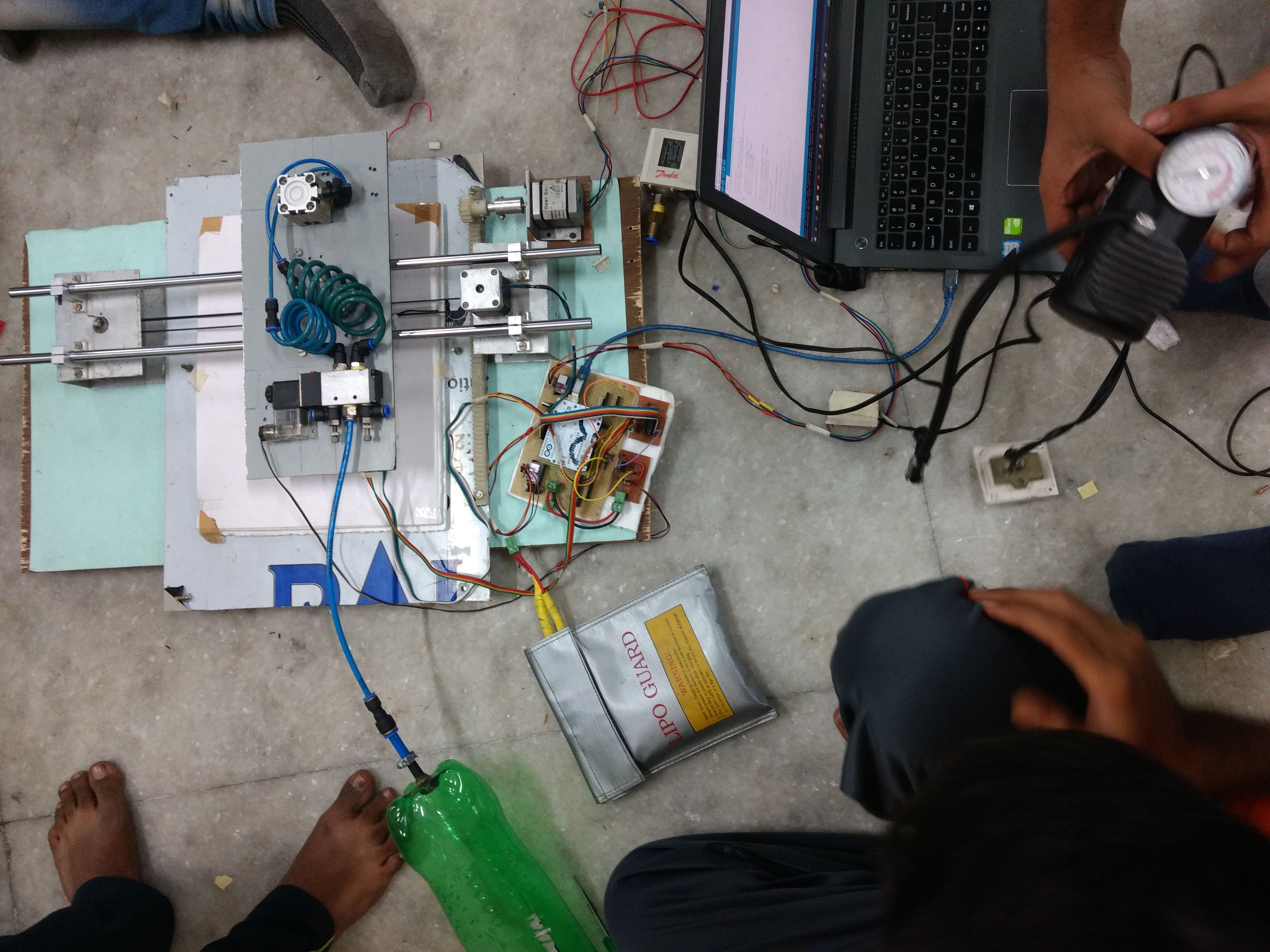
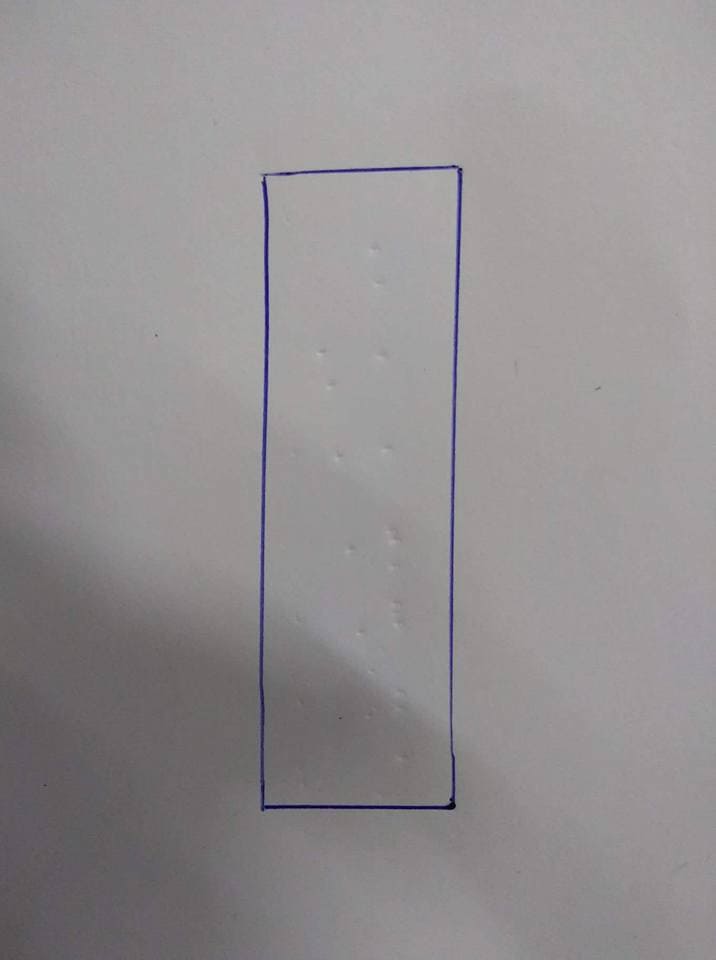
POV Clock
Due to persistence of vision when we see a fast moving or revolving led light, we see a trail of light. Due to this, when we mount an LED on a strip and by revolving the strip, we see a circle of lighting trail. Like this, we can also mount more than two LEDs and obtain that many circles. When we mount seven to eight LEDs in line, we find a solid circle formed. For the POV clock, we used seven LEDs to print 0 to 9 digits.
For the POV clock, the first step for microcontroller is to read time from real-tile clock (RTC). We implemented I2C (Inter-Integrated Circuit) protocol, in which microcontroller acted as a master and RTC as a slave. A microcontroller gives commands to LEDs to turn on and off to make different digits which can show time in HH:MM:SS formate like a simple clock we see in everyday life.
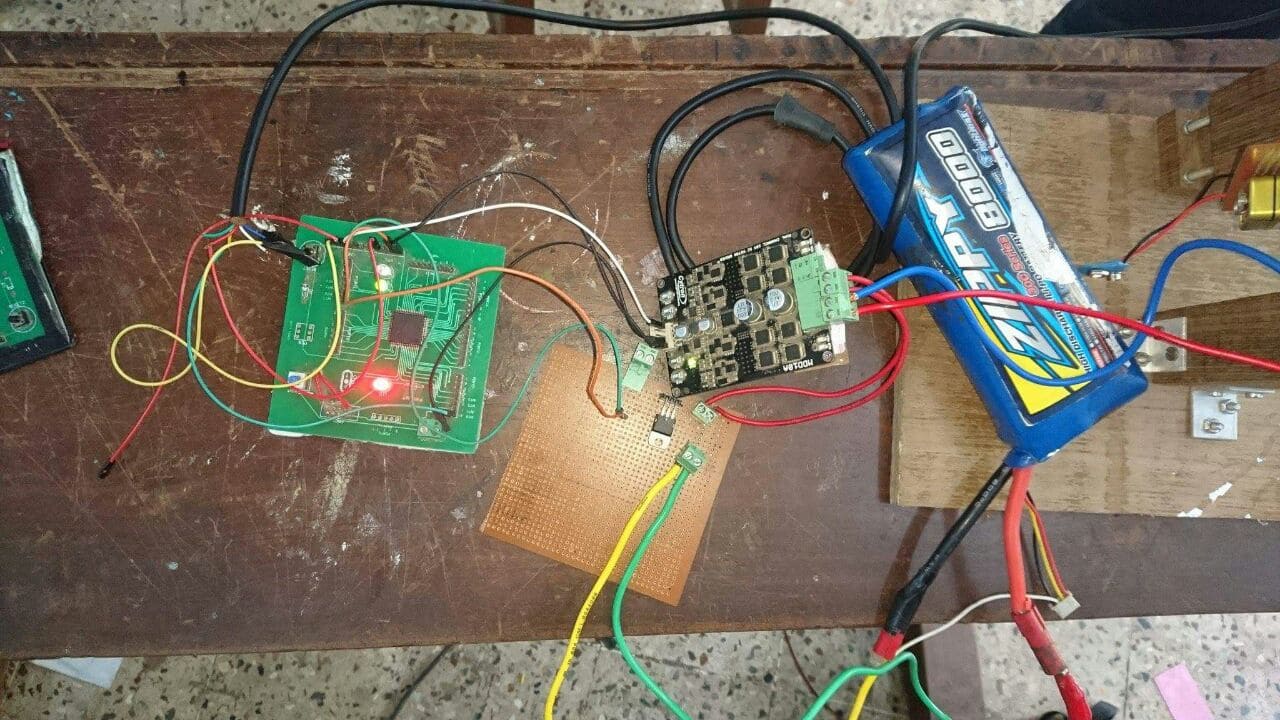
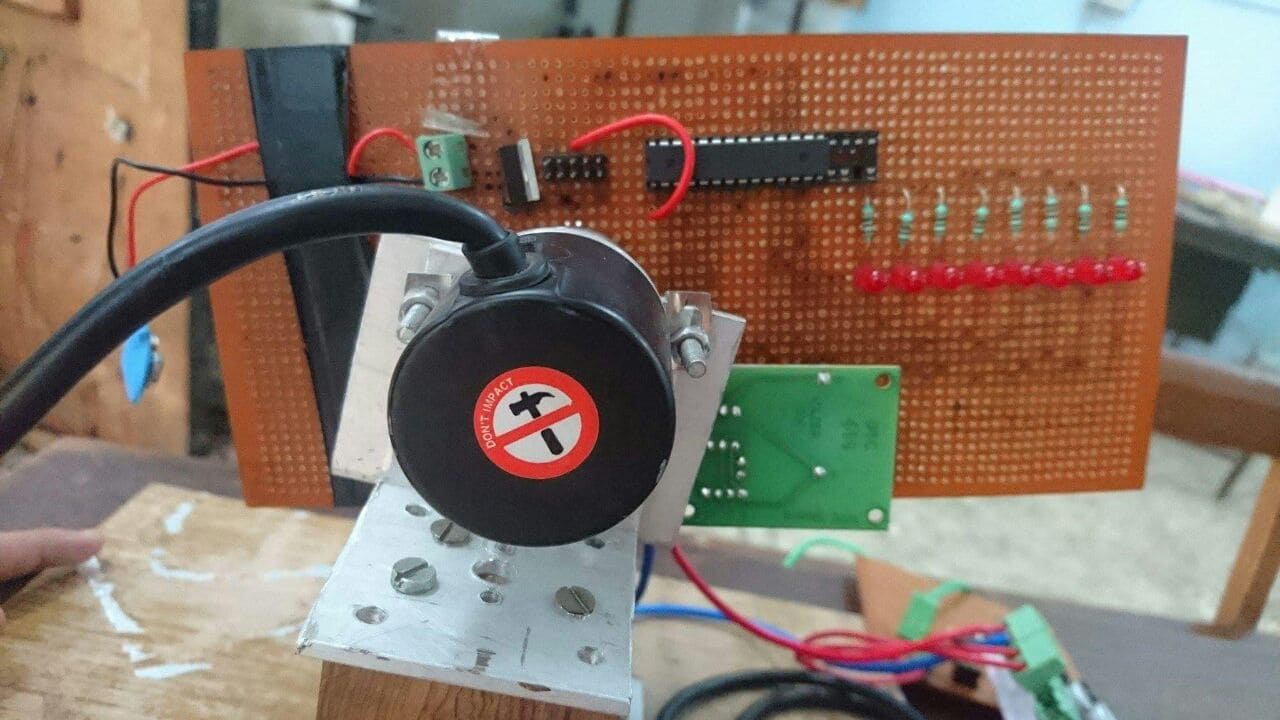
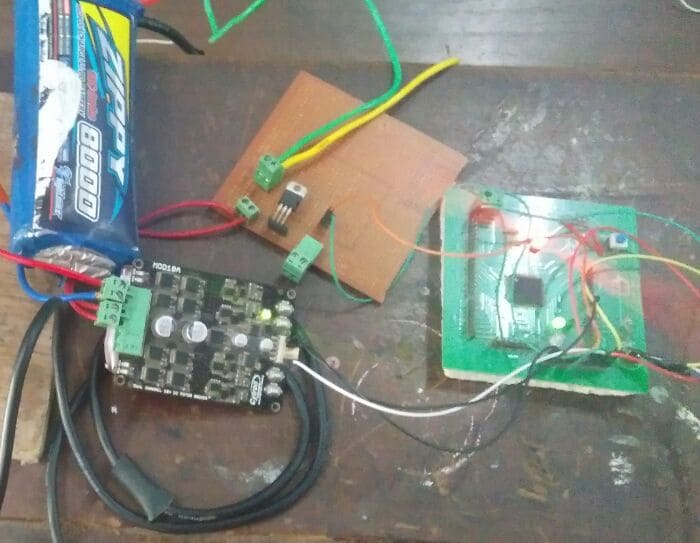
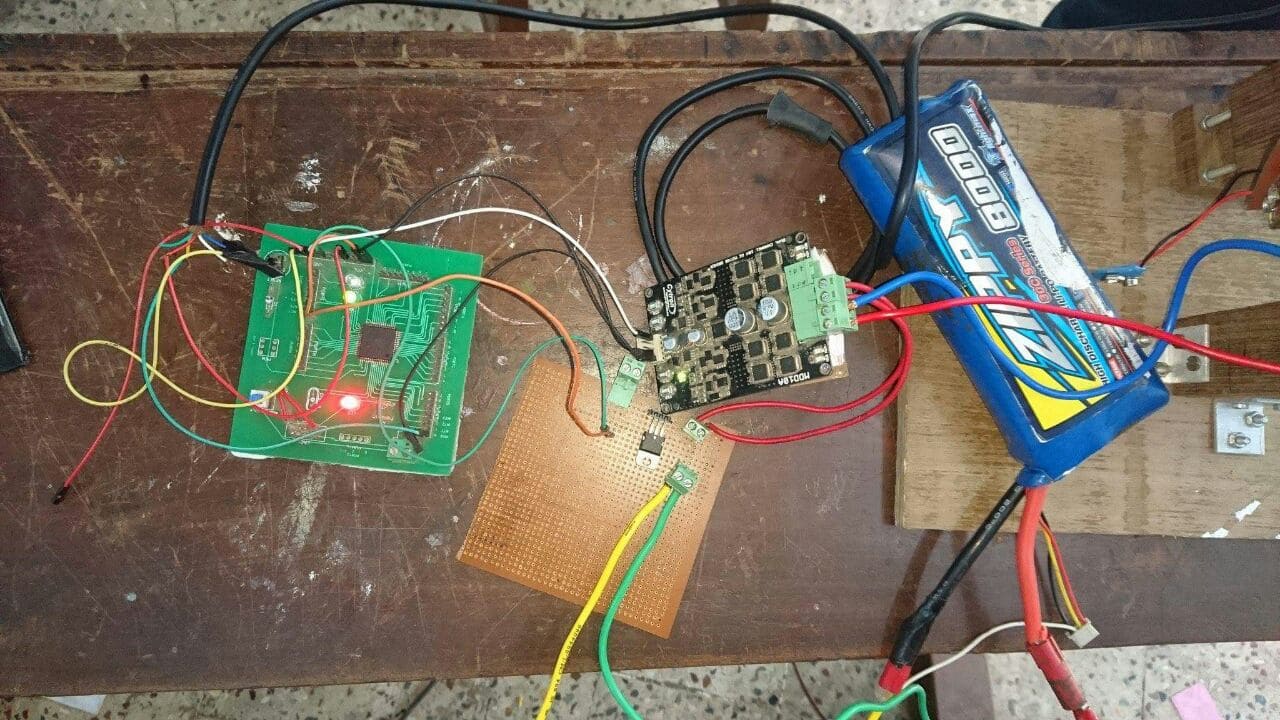
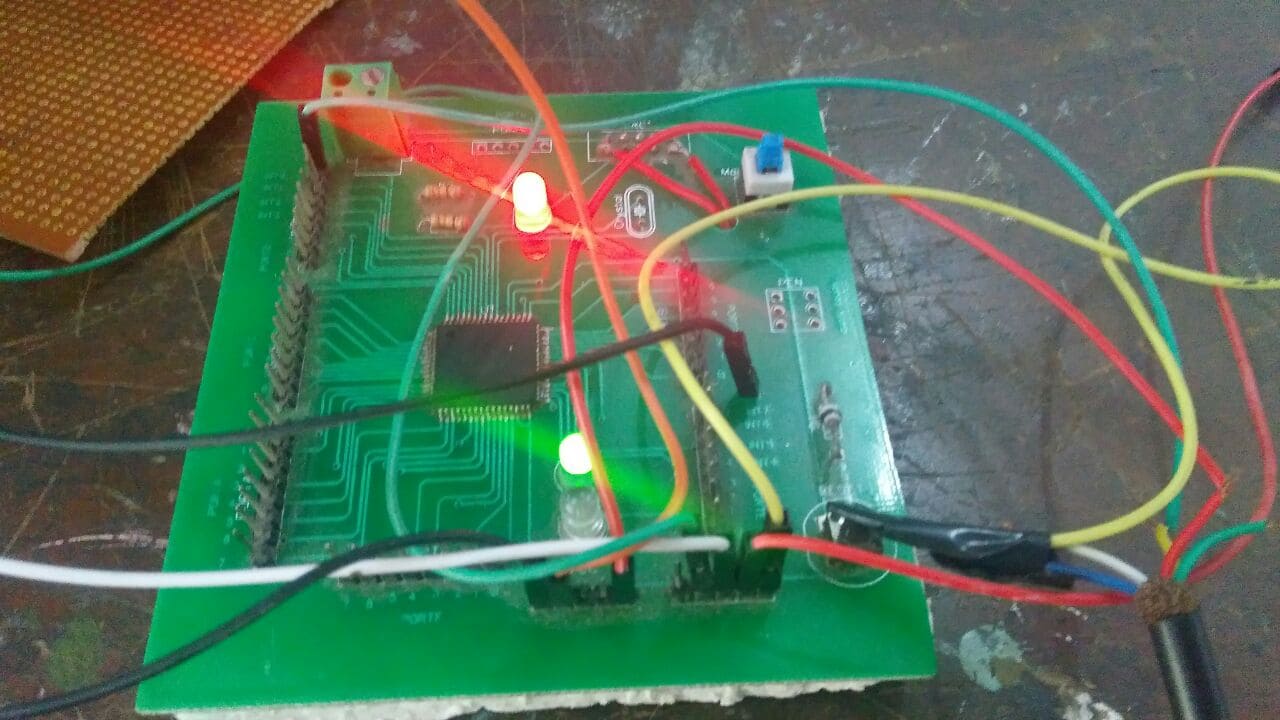
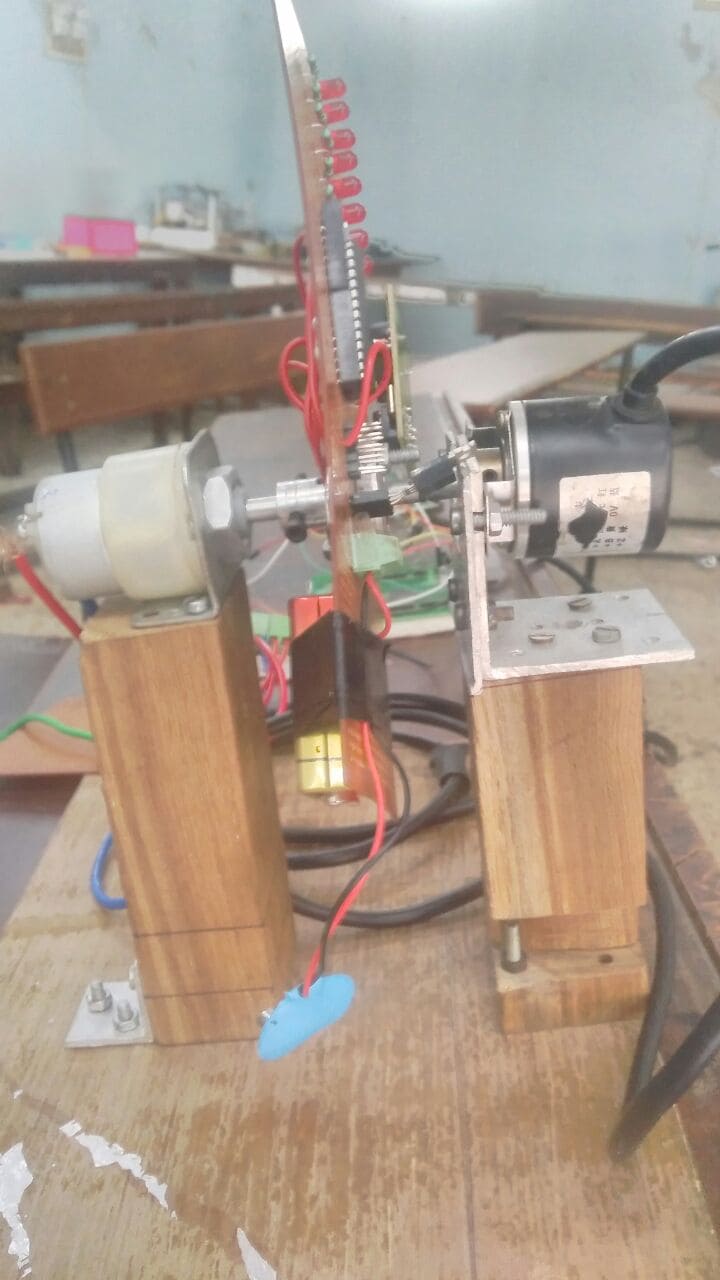
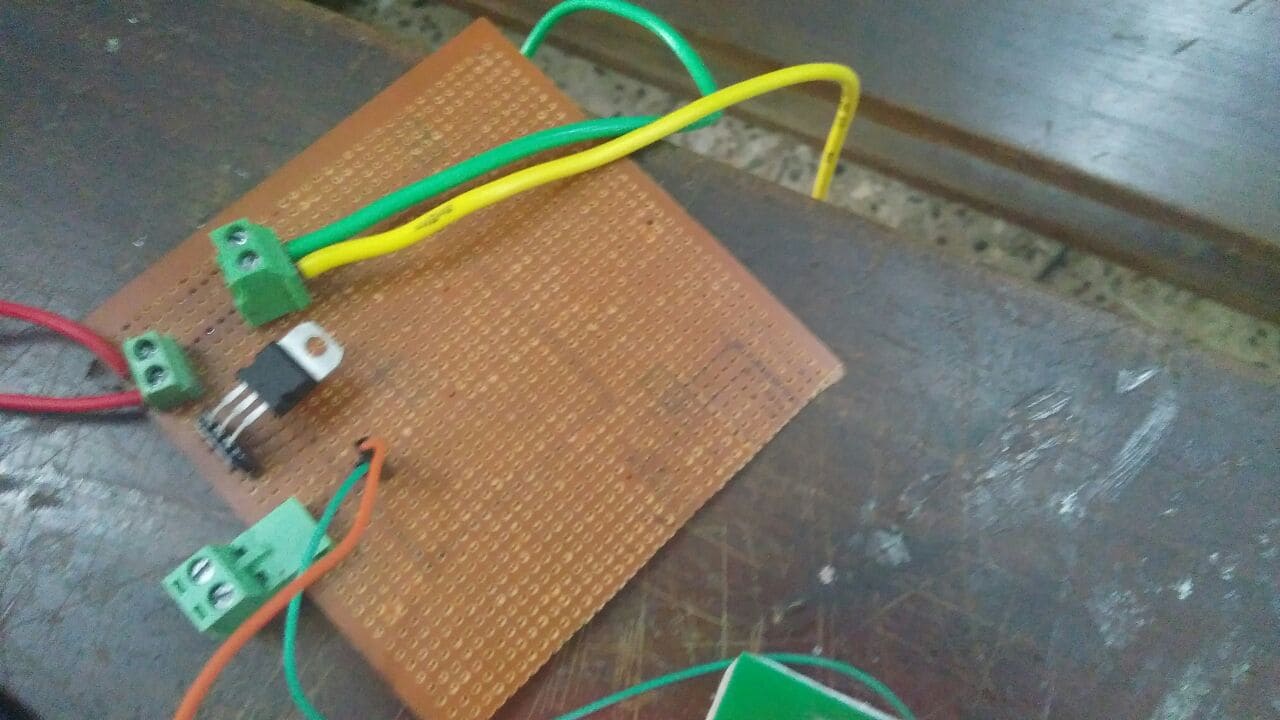
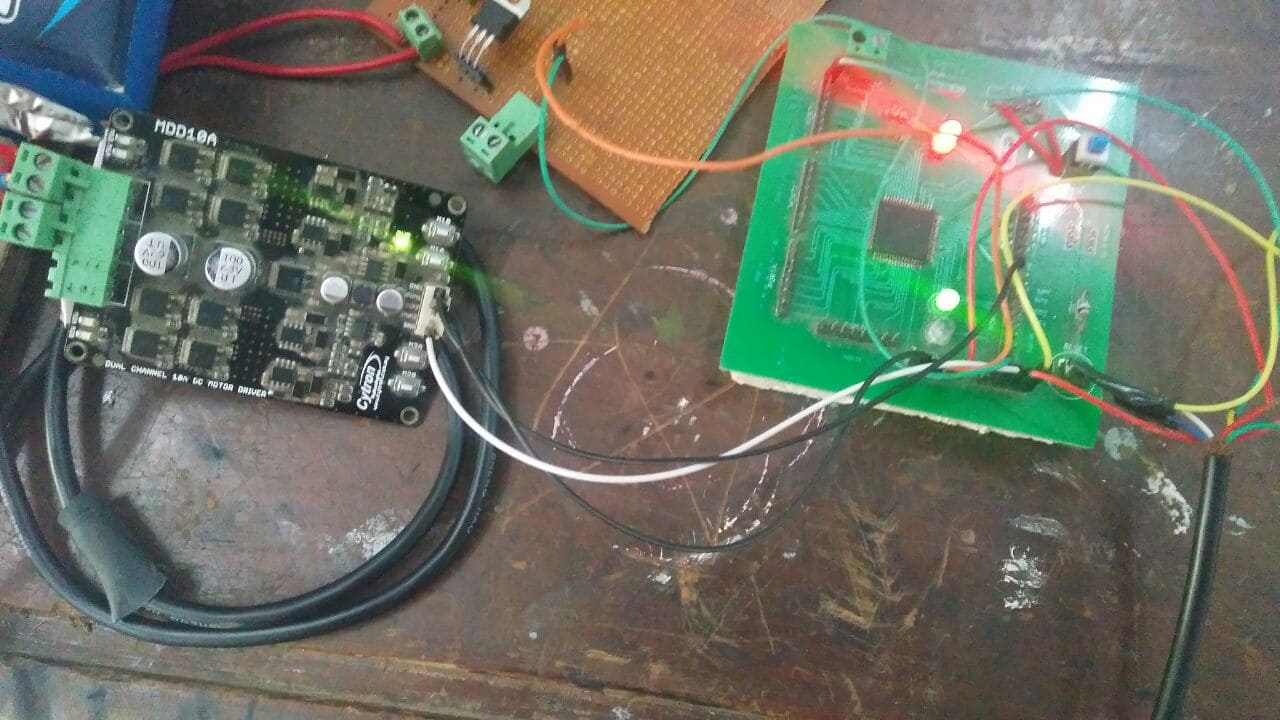
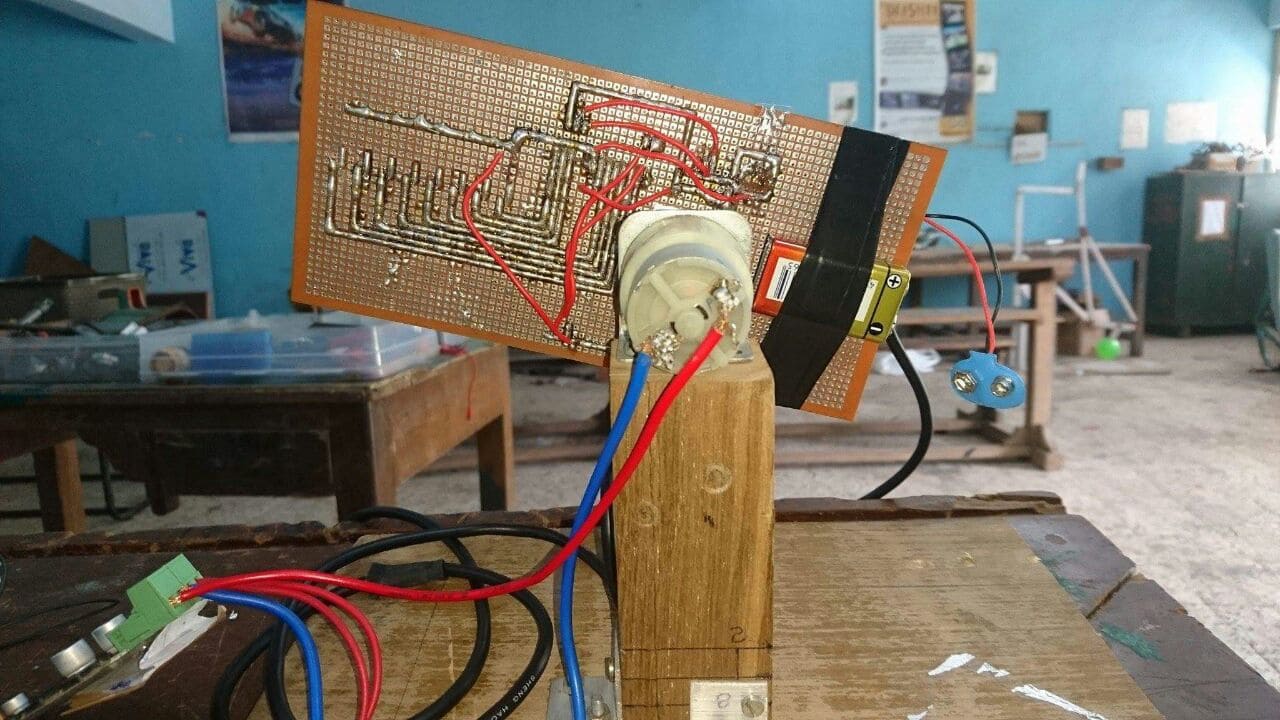
Water Level Indicator
Nowadays, wastage of water is one of the major problems faced by the world. One of the reasons for this is the overflowing of water from the tanks and no one to monitor for it. Our project can solve this problem up to some extent. We have made a "Water-Level Indicator" which can show up to what level the water has been filled in the tank, and once it is fully filled the alarm starts beeping.
Water-Level Indicators are also available in the market, but the price ranges from 2600 to 3000 rupees per unit. They are made using microcontrollers and other programmable devices, which increases their price. But in our model we have used the basic non-programmable electronics components, so the total cost of our model is 550 rupees. And the performance of both the products is almost similar. So we tried to make an affordable model of the Water-Level Indicator. I hope you like it.

